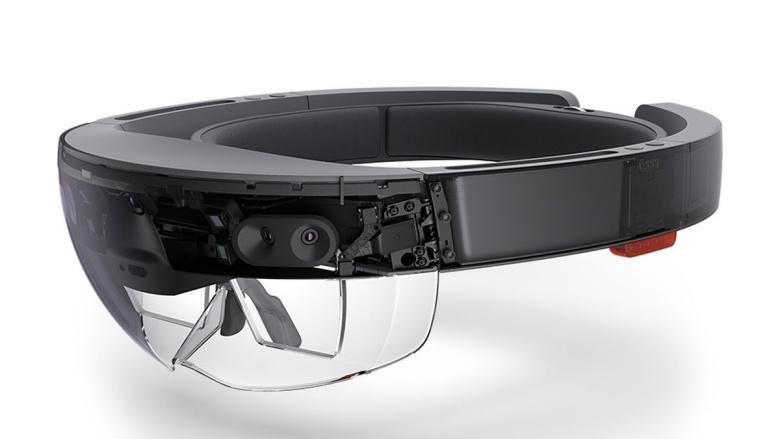In addition to throwing in the Windows Phone towel for good, Microsoft has had quite a bit of trouble getting Windows 10 S off the ground, as well as making immersive products powered by its mixed reality platform as popular as VR devices from HTC or Oculus. But the Redmond-based tech giant has many ambitious ideas, concepts and projects in development at any given time, with one current undertaking in particular aiming to revolutionize the VR, AR and MR markets.
Last we heard about the second-generation HoloLens, Microsoft wasn’t looking to rush its R&D work, planning instead to bring true innovation and major evolution to the original mixed reality smartglasses sometime next year. But the Magic Leap One: Creator Edition is officially right around the corner, threatening to deliver a similar experience as the one envisioned for the HoloLens 2 slightly earlier than 2019.
As such, it’s now believed the Microsoft HoloLens 2 is tentatively scheduled for an announcement by the end of this year, with a brand-new custom-made Holographic Processing Unit in tow. The ultra-advanced HPU should be able to “natively and flexibly implement Deep Neural Networks”, thanks to an AI coprocessor, while a mysterious ARM-based chip is expected to replace the Intel Cherry Trail SoC inside the OG HoloLens for enhanced energy efficiency.
That would probably allow the HoloLens 2 to offer longer battery life, despite an “always-connected” state guaranteed with the inclusion of LTE support. An unspecified wider field of view is tipped as another essential upgrade, while a version of Windows 10 based on the as-yet-unreleased Windows Core OS should run the software show. That all sounds pretty impressive, not to mention expensive. And the first-gen HoloLens isn’t exactly a bargain either.

